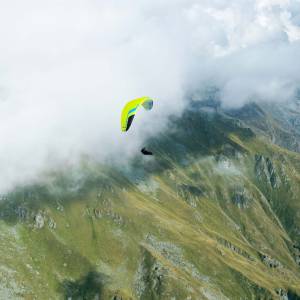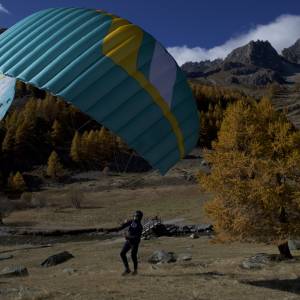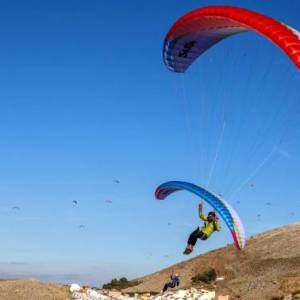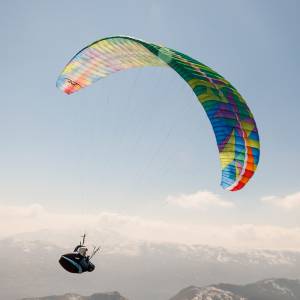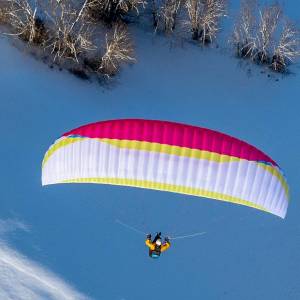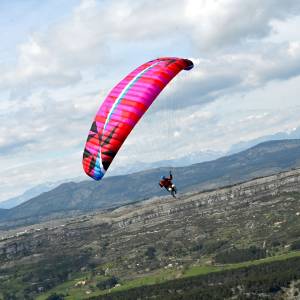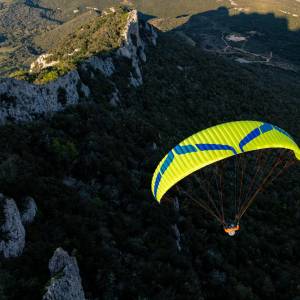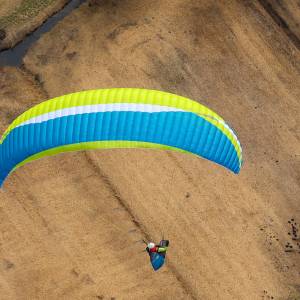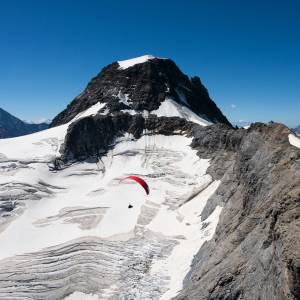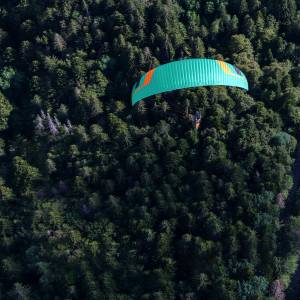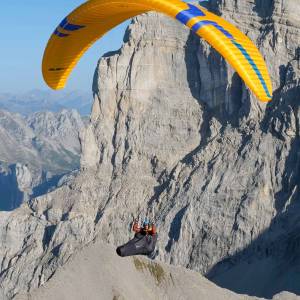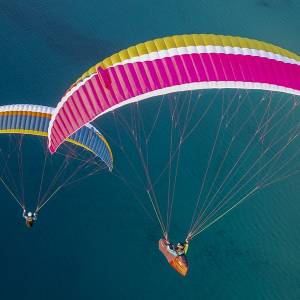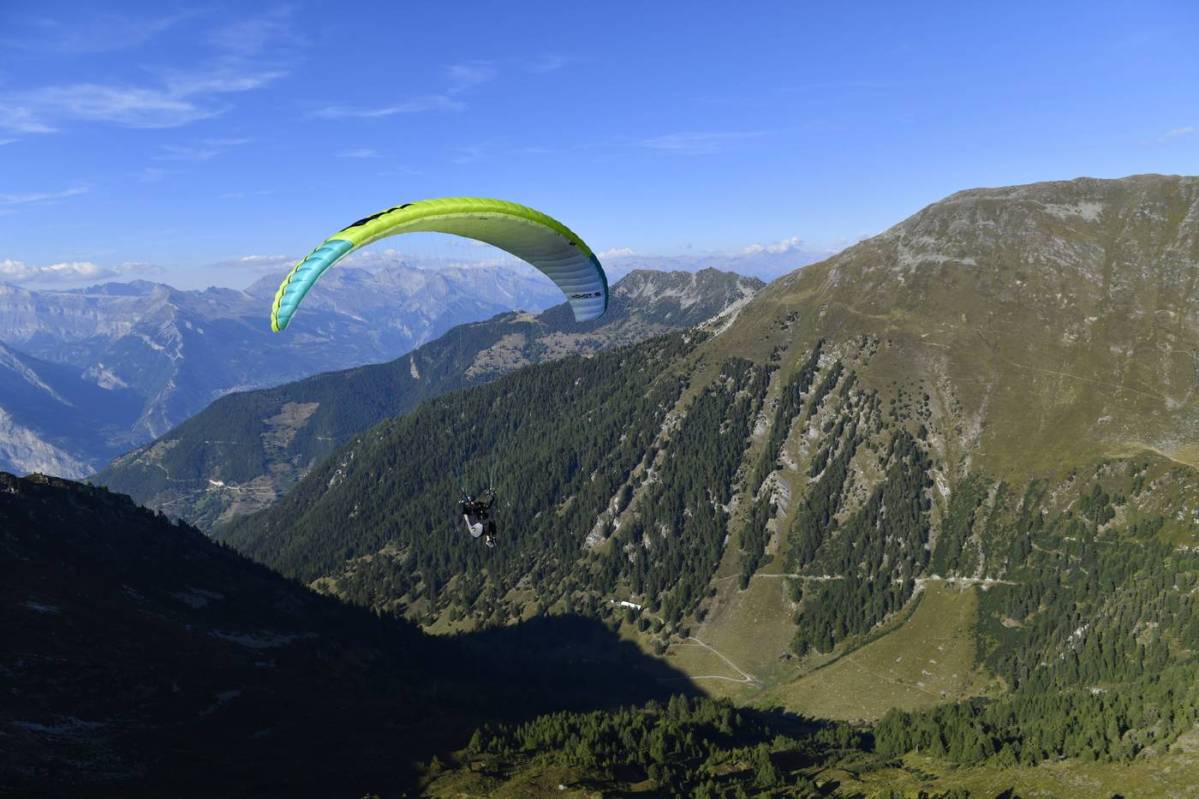All EN-B category gliders are tested and certified by professional bodies who carry out inflation and flight tests. These tests verify that the glider reacts in accordance with the EN 926-2 standard and remains within its flight envelope. The EN-B gliders therefore maintain good passive safety and flight tolerance, but are beginning to be more sensitive to departures from the flight envelope than a school glider. They also transmit more information about the air mass and offer better glide and significantly higher speed than an EN-A glider.
What is the best EN B glider? How do I choose one?
It is clear that paraglider manufacturers have made great progress in recent years on this type of glider. New profiles, new fabrics, new coatings. In the end, the new EN-B gliders of the last generation offer a glide and a flight quality that is simply impressive. A majority of pilots can now have fun with this type of glider while enjoying good passive safety. Some gliders, such as the Hook 6 from Niviuk, are even very versatile and allow you to have fun whatever your flying style. Flying on site, small cross country flights up to 100 km, initiation to acro, the Hook is as fun as it is playful. It is the perfect glider to fly all year long in a serene way in all conditions.
The EN-B canopies not to be missed:
- Hook 6 from Niviuk
- Vivo from Airdesign or its light version the Livi
- Buzz Z7 from Ozone
- Epic 2 from BGD
Each of these canopies has its own character and its own specificities. Some transmit more than others, some are more sensitive to roll, others are more damped. So there is not really a best EN-B glider but rather different gliders that you should try to make your own idea according to your feeling and your flying habits. It is also important to take into account the glider-harness pairing which can change the feeling significantly. Two different harnesses under the same canopy will not give quite the same flight behavior.
What about EN B+ paragliders, also called B sport?
For some years now, manufacturers have been developing higher performance B category wings, usually called EN-B+. If the basic EN-B gliders are certified as B as soon as one of the 23 certification criteria is changed to B, which is the case of the Hook for example, the sport gliders considered as EN-B+ cumulate several of these parameters in B. An EN-B+ glider will therefore be more demanding in terms of piloting than a classic B. In the same way, for the same sail, the behavior can be very different depending on the size chosen. For example, an Ikuma 2 has only two criteria in B in 28m², while it has 5 in 26m², although both have the same certification.
The EN-B+ sails are therefore clearly a step above the EN-B sails in terms of piloting.
What is the price of a new EN-B sail?
The price of new B category sails varies between 3000€ and 4500€. New EN-B light sails are a little cheaper with prices between 2000€ and 3000€.
In conclusion:
You've been flying for a while under your school canopy, you're getting seriously bored and you'd like to move forward a bit more without having to constantly press the gas pedal? Then maybe it's time to look at the higher category and possibly buy an EN-B glider. You will discover versatile and playful gliders that you will enjoy and that keep a good passive safety.
If you are an experienced pilot and want to stay with a wing that is easy to fly and forgiving, an EN-B will be a perfect wing for both local and long distance flying. It is also an interesting type of wing for experienced pilots who do not fly often.
Still not sure and need some advice? Don't hesitate to call us. We will be happy to help you in your choice.










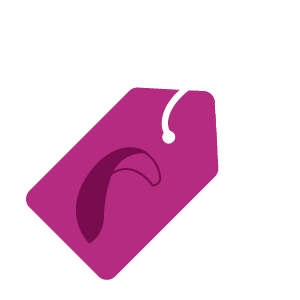 Marques
Marques
